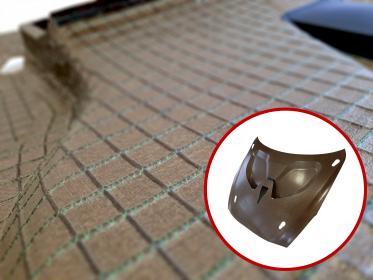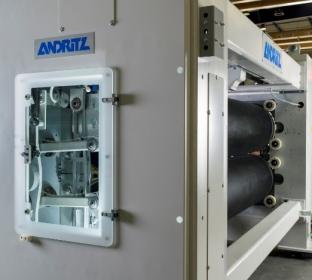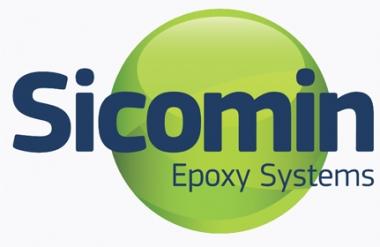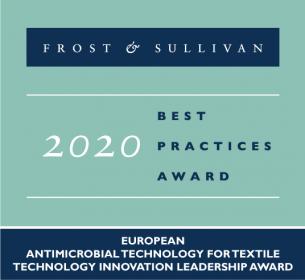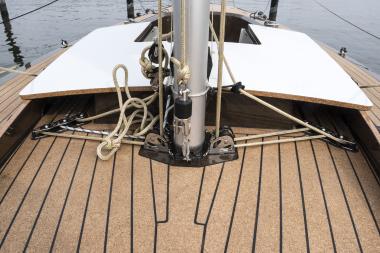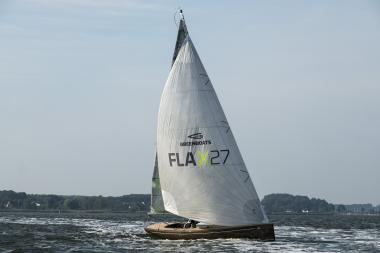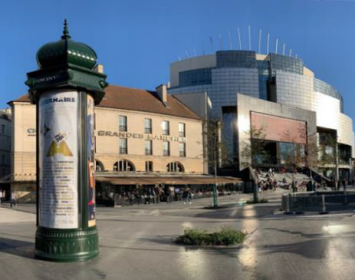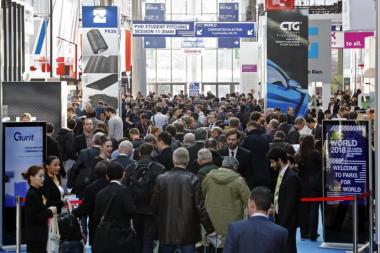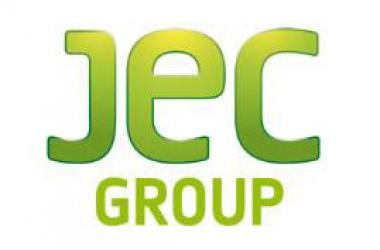Composites Evolution showcased prepregs and new thermoplastic unidirectional tapes
Composites Evolution exhibited at the Advanced Engineering 2021 show on 3rd - 4th November highlighting its range of prepreg and introducing a new thermoplastic tape manufacturing capability.
Composites Evolution is a developer, manufacturer and supplier of prepregs for the production of lightweight structures from composite materials. A flexible approach allows Composites Evolution to offer short lead times and low minimum order quantities, while decades of combined expertise ensure that in-depth technical support is on-hand when customers need it.
Showcased was a battery box from a high-performance luxury electric vehicle manufactured from Evopreg® PFC bio-based, fire-resistant prepreg, a rear wing from a Ginetta G56 GTA GT4 race car utilising Evopreg® ampliTex™ natural fibre prepreg, and parts fabricated from the company’s newly-launched Evopreg® PA thermoplastic tape range.
Composites Evolution has a family of specialist prepregs for various applications, including Evopreg® EPC epoxy component prepregs which are a range of pre-impregnated fabrics suitable for moulding into high-performance, lightweight, structural components; Evopreg® EPT epoxy tooling prepregs which have been designed to help composite tooling manufacturers improve the flexibility and efficiency of their tooling manufacturing processes; and Evopreg® PFC fire-retardant prepregs a 100% bio-derived alternative to phenolics for applications where fire performance is a critical requirement.
Evopreg® ampliTex™ combines Composite Evolution’s high-performance Evopreg® epoxy resin systems with Bcomp’s award-winning ampliTex™ flax reinforcements, to deliver a family of materials which offer outstanding performance for component applications.
Composites Evolution launched their new range of Evopreg® PA Thermoplastic Tapes at Advanced Engineering; these are manufactured from polyamide-6 (PA6) polymer with unidirectional carbon fibre and are suitable for automated tape laying, winding and compression moulding into high-performance, lightweight components.
Composites Evolution Ltd











